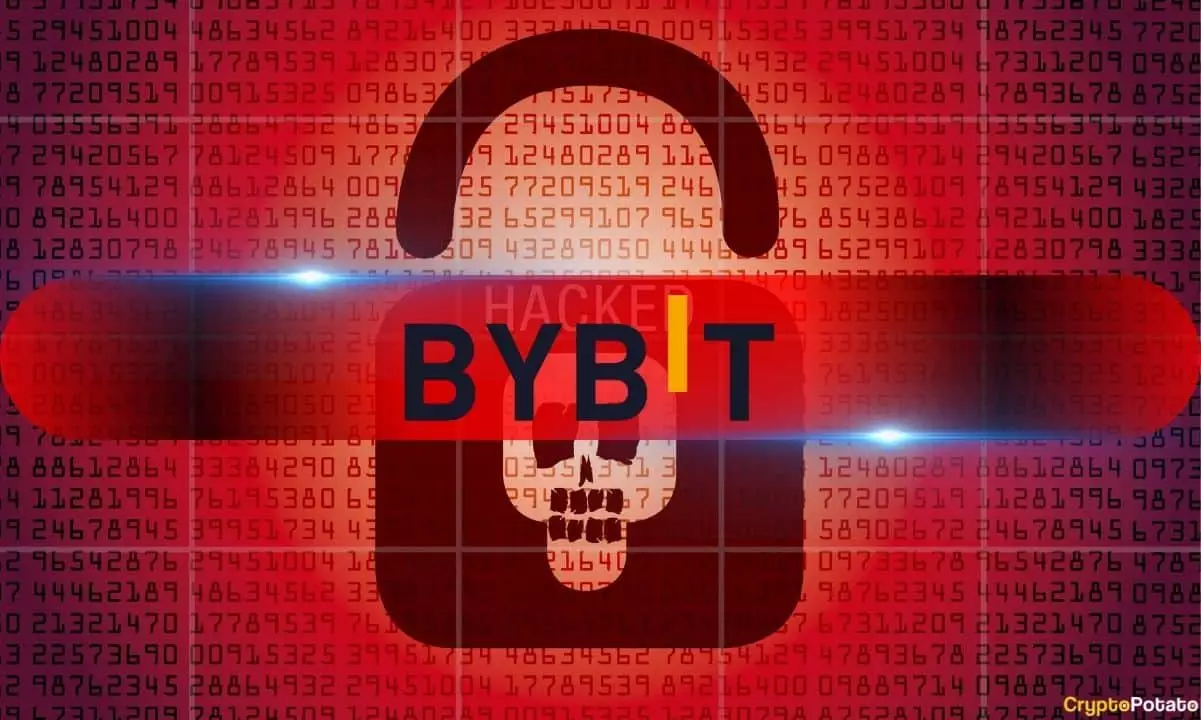In late February, the crypto trading platform Bybit experienced a catastrophic security breach, resulting in a staggering loss of approximately $1.5 billion in ether (ETH). This incident ranks among the most significant security breaches in the history of cryptocurrency, sending ripples of panic through the entire digital asset ecosystem. Such colossal losses not only jeopardize the financial security of the platform and its stakeholders but also raise critical questions regarding the overall stability and integrity of the cryptocurrency market. The fallout from this attack is a textbook case of how a single incident can catalyze market trends, create panic, and lead to a widespread de-risking of assets.
Market Reaction: A Broader Perspective
Following the breach, market analysts noted an immediate and predictable decline in trading activities. Bybit’s share of the spot trading market plummeted from 11% to a mere 4%, while the volume of Bitcoin (BTC) traded nosedived from over 50% to under 20%. Such dramatic shifts underscore a critical truth: the crypto market is not only vulnerable to internal disruptions but is also highly sensitive to external macroeconomic variables. Events like tariff tensions and technological advancements, such as the introduction of AI models by companies like DeepSeek, can compound the effects of a security breach. The correlation indicates that the cryptocurrency landscape is fraught with complexities, where the interplay of macro-economic factors and individual platform crises can wreak havoc on trading volumes.
Trading Volumes: Slump and Recovery
The volatility in trading volumes post-breach was stark. Initially, there was a short-lived uptick in hourly trade volumes for Tether (USDT) pairs, which, while briefly encouraging, quickly gave way to a significant downturn in Bitcoin and altcoin transactions. This immediate response serves as an illustrative example of how an atmosphere of fear and uncertainty can severely curtail investors’ willingness to engage in trading, further exacerbating the decline in liquidity. While a recovery from these lows is observable—spot trading shares have risen to 6-7%—it is essential to recognize that this is a far cry from the thriving trading environment seen at the start of the year.
The Role of RPI Orders in Recovery
Interestingly, Bybit’s introduction of Retail Price Improvement (RPI) orders proved fortuitously timed, debuting just before the hack. These orders are designed to enhance liquidity for retail traders, effectively creating a more favorable trading environment. Following the breach, while many assets struggled, the order book depths for Bitcoin and Ethereum recovered rapidly, indicating that these RPI orders played a critical role in cushioning the impact of the crisis. It is a commendable initiative that has the potential to level the trading field for retail investors, ensuring that they are not unduly affected by sudden market shifts driven by institutional players.
Bid-Ask Spreads: An Indicator of Market Health
Despite the chaos that ensued post-breach, one silver lining was the stability of bid-ask spreads, which remained relatively tight. A tighter bid-ask spread generally signals increased liquidity and lower execution risk, suggesting that even amid turmoil, retail traders on Bybit could execute trades without exorbitant slippage. Maintaining competitive spreads, particularly for volatile assets such as BTC and ETH, is indispensable for instilling investor confidence. The resilience of these metrics post-breach provides a foundation for optimism, but it should also serve as a wake-up call about the inherent risks that exist within the crypto trading space.
The Path Forward: Lessons to be Learned
The Bybit breach serves as a potent reminder of the fragility of security in the cryptocurrency arena. As the platform navigates its recovery, traders must remain vigilant and practice due diligence. With incidents like this highlighting systemic vulnerabilities, the emphasis on robust security protocols has never been more critical. While the cryptocurrency industry holds undeniable potential for innovation and growth, it is essential for traders and investors alike to remain cautious. The eventual recovery of Bybit illustrates a pathway forward, but it also underscores one undeniable truth: in the world of cryptocurrency, the specter of risk is never far behind.















